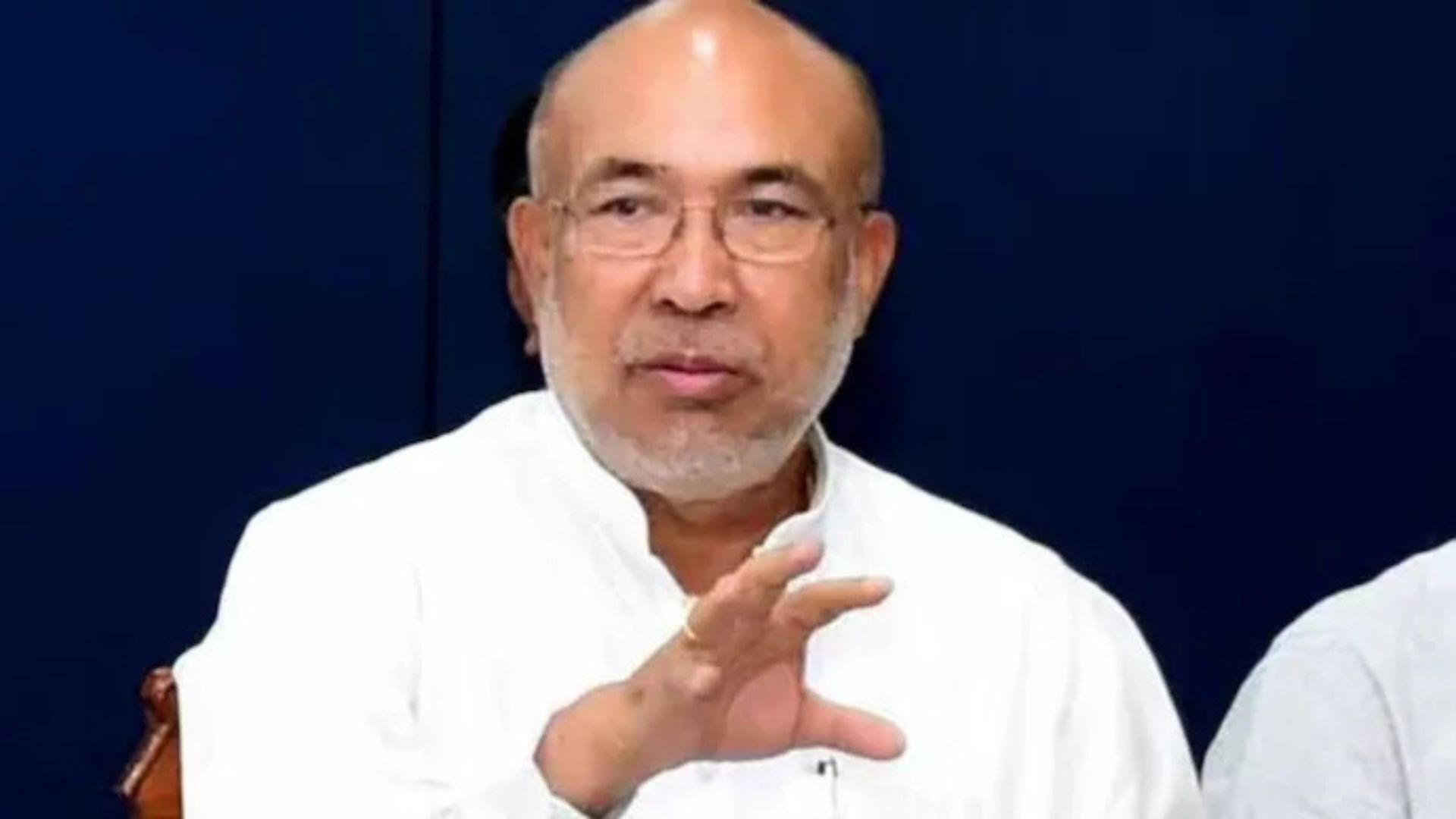
Globally, about 800 women die every day of preventable causes related to pregnancy and childbirth, and 20% of these women are from India. Seven of the top 10 causes of death in women in India are Non-communicable diseases (NCDs), led by heart attacks, stroke and respiratory diseases. Adding to this, just over half (51%) of Indian women of reproductive age (15 to 49 years) are anaemic, according to the Global Nutrition Report 2017. A similar number (53%) were estimated to be anaemic in the fourth National Family Health Survey (NFHS-IV) in 2015-16. India carries the highest burden of anaemia despite having various programmes and policies for the past 75 years, since the launch of National Nutritional Anaemia Prophylaxis Programme in 1970. All these numbers definitely do raise the alarm every year, but mostly are ignored or less assessed.
It is ironic to quote that India is one of the few countries in the world where women and men have nearly the same life expectancy at birth. However, the fact that the typical female advantage in life expectancy is not seen in India suggests there are systematic problems with women’s health. Indian women have high mortality rates, particularly during childhood and in their reproductive years. The health of Indian women is intrinsically linked to their status in society. Findings from the World Economic Forum indicate that India is one of the worst countries in the world in terms of gender inequality. The 2011 United Nations Development Programme’s Human Development Report ranked India 132 out of 187 in terms of gender inequality. There is a strong son preference in India, as sons are expected to care for parents as they age. This son preference, along with high dowry costs for daughters, sometimes results in the mistreatment of daughters.
Indian women have low levels of both education and formal labor force participation. Research on women’s status has found that the contributions Indian women make to families often are overlooked, and instead they are viewed as economic burdens. Reproductive rights are the least discussed aspect of women’s health. Providing easy access to safe abortion services is still a challenge today, where it accounts for 14% of all maternal deaths globally. Awareness regarding contraception and catering to the unmet needs of family planning also needs attention to improve the quality of health. Setting up accountability for providing high-quality healthcare services to women is another critical dimension of women’s rights. All of these factors exert a negative impact on the health status of Indian women. Poor health has repercussions not only for women but also their families. Women in poor health are more likely to give birth to low weight infants. They also are less likely to be able to provide food and adequate care for their children. Finally, a woman’s health affects the household economic well-being, as a woman in poor health will be less productive in the labor force.
While it is scientifically and socially accepted fact that malnourished women shall start a never ending cycle of inter-generational malnourishment and economic crisis, usually the solutions are more on papers than on ground. The Budget Estimate 2022-23 has allocated Rs 86,606 crore to the health sector, which is a “negligible” increase as compared to the Revised Estimate of Rs 85,915 crore for FY 2021-22. Prioritization of health is missing in this year’s budget despite the country facing the third wave of the pandemic. Government succeeded in generating infrastructures in urban area but failed to do so in rural, sustaining 70% of Indian population. Though existing infrastructural setup for providing health care in rural India is on a right track, yet the qualitative and quantitative availability of primary health care facilities is far less than the defined norms by the World Health Organization. A quick response to these deep-rooted problems of rural setups can be “Tele-medicine”. We have seen this model creating a huge success in rural Uttar Pradesh, where answering Medical Needs Using Remote Technology Telemedicine is rapid access to remote medical expertise through telecommunication and information technology. It reduces the cost of service delivery and improves healthcare access. It reduced the cost, could use technology to do preliminary body testing, and provide easy consultation even in the remotest areas. Through live streaming audio/video internet connections, the villagers consulted with physicians located elsewhere in India and experienced greater access to quality health services and contraception. The SKY Clinics were operated as a social franchise by female rural health practitioners (RHP) who profited from the consultation fees and drug sales. Access to quality reproductive health services and contraception dramatically increased among the 6 million Uttar Pradesh villagers as a result of these social franchised telemedicine clinics.
Many women are marginalized in society but really desire to improve their lives and the lives of their family members. They need health education about the female anatomy, female reproduction and sexual education, not only for women but also for men. Improving healthcare services along with education can be the most important intervention to make women aware of their rights, and also prevent them from becoming easy prey to severe emotional and mental disturbances. Providing employment opportunities for women will also create a positive impact on women’s health concerns. Female healthcare providers can play an important role in educating society to recognise their health and nutrition needs as well.
Dr Neelam Gupta, Founder President & CEO of India’s leading NGO AROH Foundation, is a veteran social leader. A gold medalist from Delhi University, she holds a Ph.D in Agricultural Sciences.















